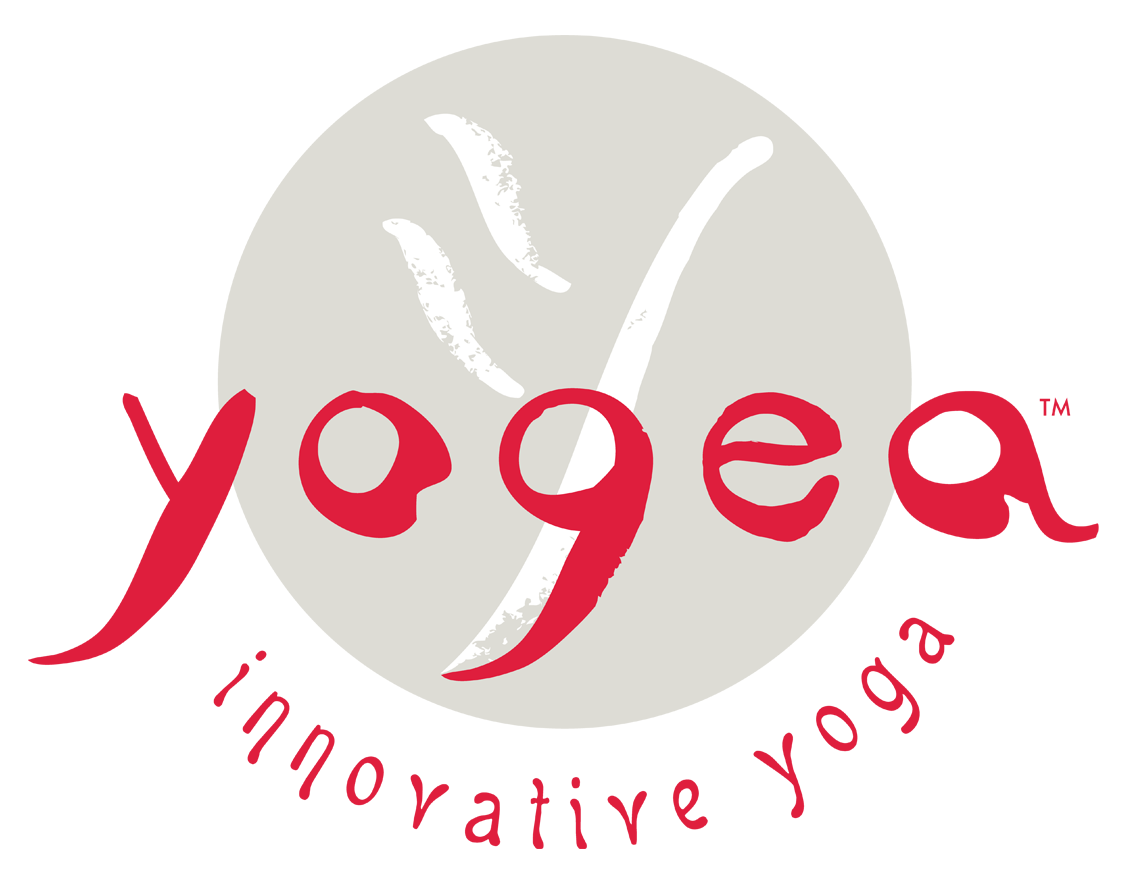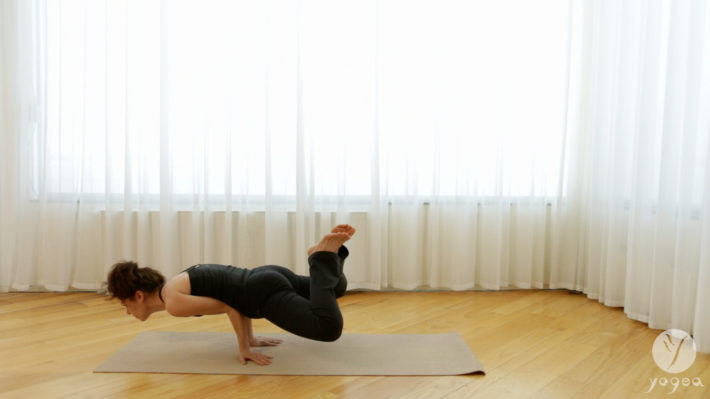Welcome to the Arm Balances series of Yogea Asana Lab. This section will feature three arm balances: Crow (Bakasana); Side Crow (Parsva Bakasana) and Peacock (Mayurasana).
The first balancing pose requires you to root through all the ten knuckles of your hands and pull out of your wrists. As you walk your feet as close to your hands as possible you lift your heels up and press through the metatarsals in order to gain height. As you scoop the belly in, you begin to bend the knees and slide them up into your arm pits. Your head moves forward and your shoulders end up aligning with your finger tips. If the end pose seems too challenging, you can try to bend the elbows and slide your knees up your elbows and upper arms, slowly working them into the arm pits. This pose is meant to empower you to find your center in a state of flux. It also teaches you how to engage the core and perform all actions with a sense of centeredness and inner conviction. On a more subtle level it helps you work through your fears allowing divine orchestration and incentivizing you to take a leap of faith.
The second pose requires a more rigorous balance, as both knees are shifted over one arm. The beginning variation that we practice starts from rooting through the knuckles of your hands again, and brining opposite knee to opposite elbow, while placing the free hip bone on the other elbow. In this way we create a lever for the knees and hips and are able to balance, while bringing our center of gravity forward and slightly up. In the more advanced version both knees hike up into one of the arm pits, while the core is lifted higher and the arms are straightened out. In this variation, because it is a polycentric pose, gravity will shift the head beyond the elbows so that it aligns with the finger tips again. This pose is also strengthening, invigorating and empowering and most of all tests your resilience to adverse situations, and asks you to find the center in an undulating flow. Physiologically, the deep scoop in the belly strengthens the core and revitalizes the entire body.
The third pose is best done in three parts. First, you have to work your wrists in a reversed direction, which stretches the ligaments in a very extreme way. To counter that you need to pull out of the wrists and feel that you are anchoring the hands into the floor actively. This connection releases the potential pressure in your wrists. Make sure your feet are curled under as you take your first steps in peacock. You then are ready to bring both elbows in a single focal point and slide the elbows into the belly while shifting the weight and the head forward. As the head moves forward and the body moves into an elbow supported plank, allow the crown of the head to touch the floor as if you’re prepping for headstand. Once you feel the pressure of the elbows into your lower bell try to lengthen the torso and attempt lifting the head off the floor. The third and last step is to bring both legs together as your big toes touch and then shift the weight rigorously forward to create the plank elbow pose and lift the head. If this variation is too hard, try bending the knees, and splaying them open, and lifting the legs into a diamond shape instead of propping them into an elbow plank. This pose is detoxifying as it flushes all debris from the intestinal track. It improves digestion and elimination and also boosts the vital levels of the body. Because it is a balancing pose, it teaches us to experience balance as a negotiation of opposites.


Leave a Reply